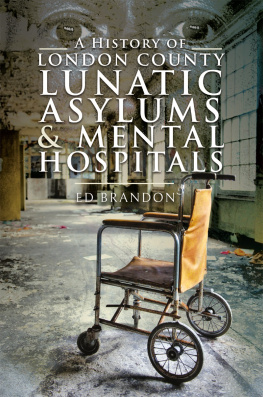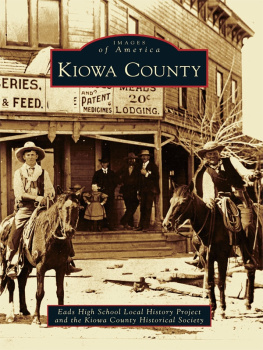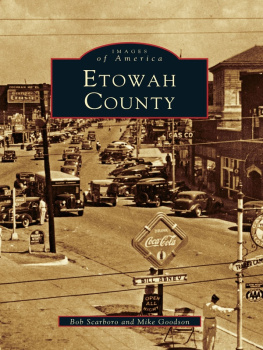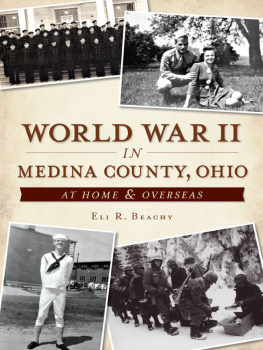Pagebreaks of the print version

A HISTORY OF LONDON COUNTY
LUNATIC ASYLUMS
&
MENTAL HOSPITALS
A HISTORY OF LONDON COUNTY
LUNATIC ASYLUMS
&
MENTAL HOSPITALS
ED BRANDON
First published in Great Britain in 2022 by
PEN AND SWORD HISTORY
An imprint of
Pen & Sword Books Ltd
Yorkshire Philadelphia
Copyright Ed Brandon, 2022
ISBN 978 1 39900 873 0
eISBN 978 1 39900 874 7
Mobi ISBN 978 1 39900 874 7
The right of Ed Brandon to be identified as the Author of this work has been asserted by him in accordance with the Copyright, Designs and Patents Act 1988.
A CIP catalogue record for this book is available from the British Library.
All rights reserved. No part of this book may be reproduced or transmitted in any form or by any means, electronic or mechanical, including photocopying, recording or by any information storage and retrieval system, without permission from the Publisher in writing.
Pen & Sword Books Ltd. incorporates the Imprints of Pen & Sword Archaeology, Atlas, Aviation, Battleground, Discovery, Family History, History, Maritime, Military, Naval, Politics, Railways, Select, Transport, True Crime, Fiction, Frontline Books, Leo Cooper, Praetorian Press, Seaforth Publishing, Wharncliffe and White Owl.
For a complete list of Pen & Sword titles please contact
PEN & SWORD BOOKS LIMITED
47 Church Street, Barnsley, South Yorkshire, S70 2AS, England
E-mail:
Website: www.pen-and-sword.co.uk
or
PEN AND SWORD BOOKS
1950 Lawrence Rd, Havertown, PA 19083, USA
E-mail:
Website: www.penandswordbooks.com
Acknowledgements
Thank you to everyone reading this book. Also thank you to the following in particular whose direct help, encouragement, and/or interest in this project helped make it possible, as well as others who encouraged me by showing an interest in it, and others still who politely put up with me talking about it. Also thanks are made here to those who accompanied me on visits to asylums, helped out with information generally, or who facilitated access to certain buildings (or tried to).
Special thanks to Lauren Patrick for the onerous task of her tireless initial proofreading and guidance. Also to David Brandon, Linda Brandon, Heather Birnie, Tony Lovell, Jay Gearing, Lee Mason, Tony Gibbon, Jane Brandon, Mark Game, Anne Beswick, Jo Harrison, Gina Soden, Mike Deere, Chris Swindells, Lucy Sparrow, Sally and Steve Birnie, Una Zarembo, Tom Ford, Nick Coombes, Pete Cracknell, Simon Cornwell, Marlon Bones, Cheyenne Graves, Mark and Lucy Wilsher-Grist, Neil Patrick, Linda Patrick, Chris Marshall, Emma Versen, Maciek Katsubowski, Dan Parkes, Rose Croft, Amanda Rigby, Kate Marsh, Paul Morris, Sophie Giardiniere, Alan Brooke, Prin Marshall, Michelle Cooper, Ida Sogaard-Jensen, Sarah Cady, Luke Payn, Ian Ilett, Mikey Hawes, Derek Young, Nigel Roberts, Ali Costelloe, Steve Weatherly, Mark Davis, Ted Sullivan, Dan and Kelly Crack, James Mitchell, Warren Allett, Bethen England, Matt Chapman, Chris Erskine, Nicola Latimer, Jayne Hutchinson, Lowri Jen Bate, Emma Wyn-Jones, Mike Fox at SAVE Britains Heritage, Eric Munro and Barbara Wood at WLTMHT, Paul Hunt at Mencap, Basra Jasvinder at NELFT, Aiden at HSE Ireland, Gill Winstanley at Aneurin Bevan Health Board, Cris Cristell at Norfolk & Suffolk NHS Trust, Sarah Chaney at Bethlem Museum of the Mind.
Also thank you to Heather Williams, Lori Jones, and Karyn Burnham at Pen & Sword.
And to those who supplied or helped with images used in this book:
Marlon Bones, Nick Coombes, John R. Rifkin, Darren Robertson, Matt Spring, and the Wellcome Collection.
Introduction
The history of organised mental health care in London has no definitive point of origin; certain charitable and religious hospitals, monasteries, and almshouses tended to adopt the role informally on a small scale, while the remainder of those suffering from mental health problems if not accommodated and cared for by their families or immediate community might find themselves begging on the streets if unable to work, sent to gaol or prison, or otherwise punished and persecuted if their symptoms transgressed social norms.
It is not necessary to evoke specific images of the kind of persecution that would have been suffered by the mad in medieval times, but for most it would have been brutal and unforgiving, and was usually felt to be justified on a religious basis: before the business of mad-doctoring became a distinct profession in the eighteenth century, mental illness was almost invariably believed to be the result of failed morals, evil deeds, or possession by demonic forces, and so whatever punishment was meted out was felt to be perfectly justified.
Since the county asylums discussed in this book were intended to operate in keeping with a common set of rules, regulations, and practices which changed and developed at all of them at roughly the same time in tandem with the changes in the world around them the author has attempted to avoid excessive repetition by covering some of the many topics in greater depth only within certain chapters. So, while each chapter acts as a separate biography of each particular asylum, a greater understanding of the workings and history of any one of them (as well as the various differences between them) can be gained by reading all of the chapters.
In regard to the historical terminology used around mental health care, the author has tried to simplify the presentation of these complicated and frequently changing terms as far as possible. Although the buildings in this book were variously referred to as lunatic asylums, mental hospitals, colonies, or simply hospitals at various times in their service (not to mention the many informal, usually pejorative names also used), all were originally classed as county asylums. In order to avoid confusion, the author has noted when subsequent changes of name occurred but continues to refer to the buildings as either asylums or former asylums throughout, even when discussing an era in which that term would no longer have been formally used. Since their names changed so often, the author has also settled on the name given at the start of the chapter Colney Hatch, for example and continued to use the same one throughout, to provide consistency.
Many of the medical terms used throughout the text are now not only outdated in a historical sense but have also gained negative or even offensive connotations over time; the history of mental health terminology is sadly littered with formal words which later entered the everyday language as terms of abuse. The author wishes to clarify strongly that no offence is intended, nor any casual attitude held toward the repetition of such terms, but has attempted to use the correct words in their once-appropriate contexts to maintain historical accuracy, rather than introducing any system of revision or sanitisation; explanations for what or whom these various terms were originally intended to describe are included within the glossary.
Bethlehem Priory was founded in 1247 at Londons Bishopsgate as a resting and visiting stop for pilgrims and other Catholic figures and invariably acts as the starting point for any timeline of mental health care in Britain; over the following 150 years, it would evolve into Bedlam, and its reputation became so entrenched in the popular imagination during the following centuries that it not only became notorious itself, but also spawned its own noun in the English language.










